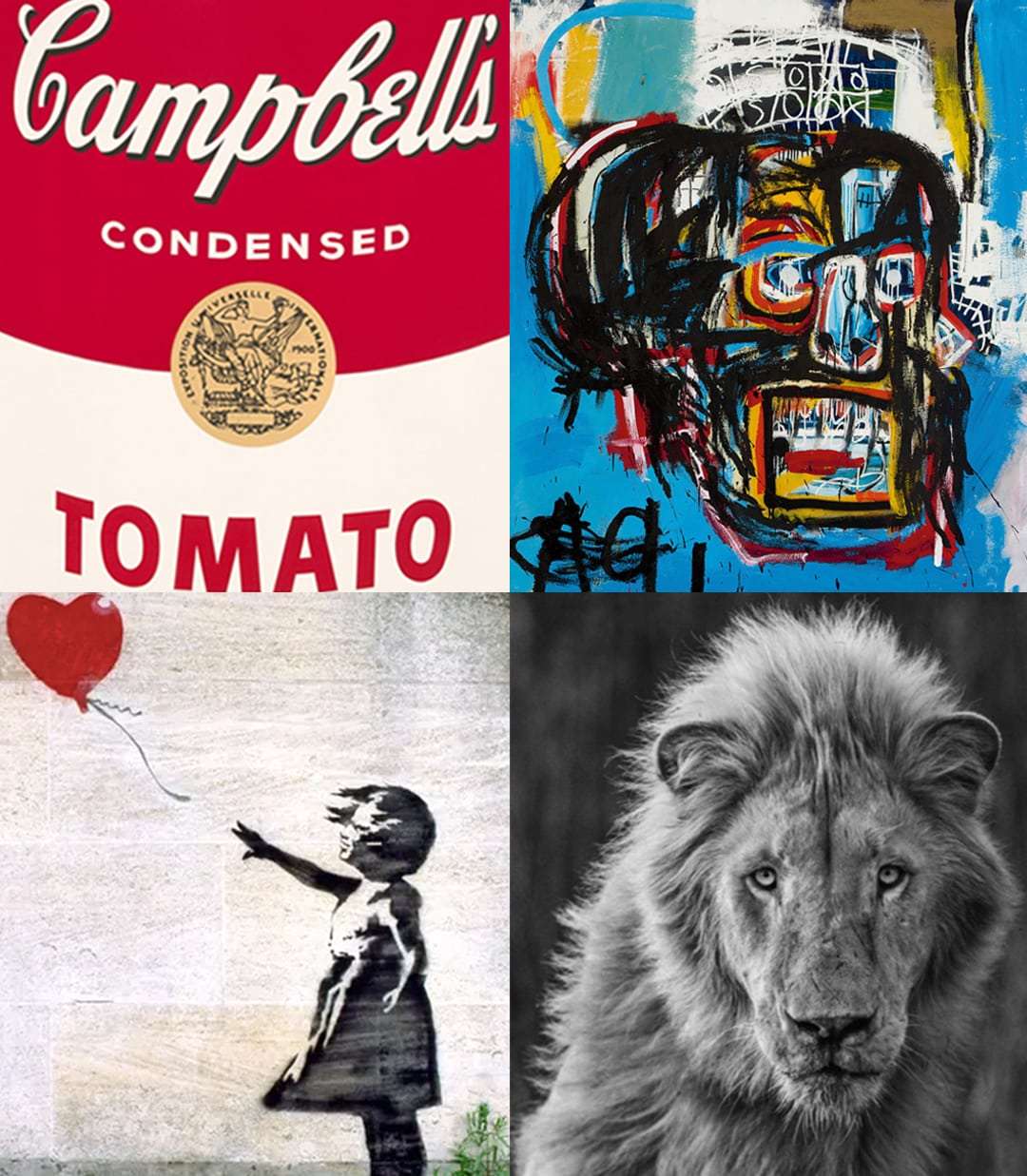How To Start Your Art Collection
People get into collecting art for a variety of reasons, whether in the name of investment, aesthetics, or simply taking a keen interest in the career of one particular artist. Sadly, there are a huge number of factors which will put budding collectors off starting altogether, and the insider nature of dealers and galleries can make it especially daunting for newbies. But that doesn’t mean that it’s impossible to get your start, and no matter what level of expertise you have, there are a few easy pointers that anyone who wishes to learn how to collect art should be able to pick up. Read on for our beginners’ guide to collecting art.

Don’t Buy What You Don’t Like
The main thing to remember about collecting art is that it’s all a matter of personal preference. If you’re just starting out, you shouldn’t be thinking about what you’re buying as a collection or an investment — simply look for work you can afford by an artist that you admire. As with starting any kind of collection, you’ll soon work out what sort of pieces you gravitate towards and be able to curate a more coherent collection from there.
Find And Focus On New And Lesser-known Artists
Everyone knows the legend that Van Gogh only sold a single painting during his lifetime, which goes to show that it’s not just new collectors who struggle to catch a break. Underground artists find it just as hard to sell their work for the first time, though some, like Jean-Michel Basquiat, took matters into their own hands, painting small pieces on postcards to get the word out.
While not all new artists will be designing their own handmade calling cards to sell to interested parties, new collectors should consider making a point of looking for unsung talent in the art world. The best way to scout new talent would be to concentrate on smaller local arts spaces, and keep an eye out on those leaving art school. Again, buying at graduate shows creates a positive feedback loop, where the young artist will greatly appreciate their first sale, while you can stick to your budget and own a painting you love by an up-and-coming talent.
Don’t Be Afraid Of The Internet
Although you might think that part of the excitement of buying a painting is the impact the work will initially have on you when you see it in person, you’d be overlooking one of the most significant changes to how people have viewed art in the last decade. Instagram in particular has been a godsend for artists and collectors alike — especially in the wake of the Covid-19 pandemic — and many of the most notable contemporary artists have long been using Instagram to promote themselves, from Alec Monopoly to Sage Barnes.
Collectors have been able to effectively browse the work of thousands of creators around the world from the comfort of their own homes, exposing themselves to work they might otherwise never have seen. Similarly, they will be able to contact the artists directly through simply commenting, sending them a DM, or using the contact details in their profile.
Treat Your Home Like A Gallery
One of the great joys of buying artwork is getting to display it in your own private gallery — your home. This will allow you to frame your work as you see fit, though you should be sure to find a framing style that fits each individual piece. You should also give yourself the time and space to experiment with exactly how you arrange your collection on your walls, and see this curation as a way to get a better sense of any themes and styles you may not have realised you gravitate towards. By displaying all of your purchases in one place, you’ll also be able to identify the kind of pieces which will best complement any blank spaces on your walls, or other paintings, and help you further build your collection.